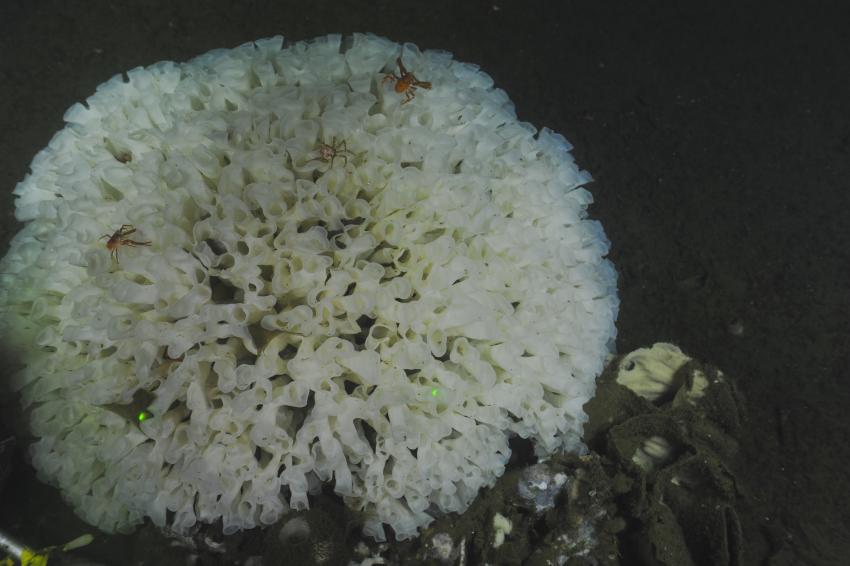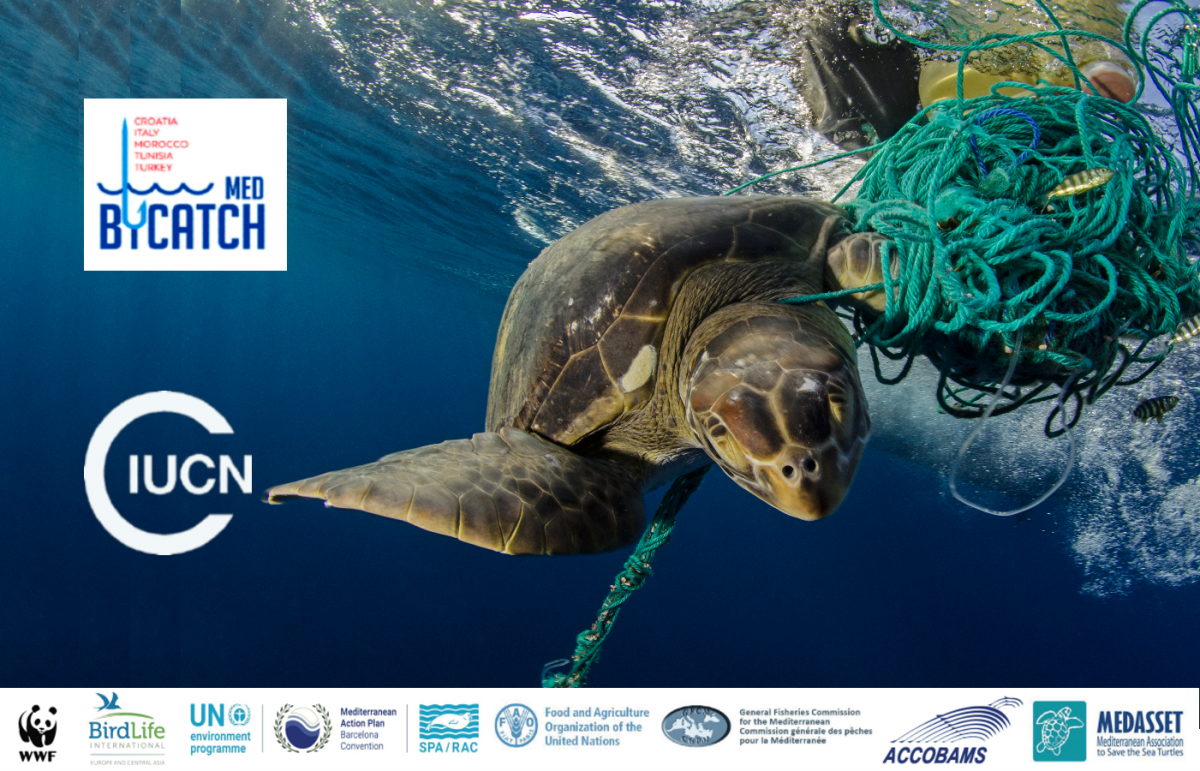Canada protects unique glass sponge reefs
The conservation community is celebrating a new marine protected area (MPA) for Canada’s ancient and unique glass sponge reefs, which provide a vital habitat to a wide range of marine animals including endangered rockfish. The designation came about through the tireless work of The Canadian Parks and Wilderness Society (CPAWS) and other NGOs, scientists, and support from the local fishing industry.

Photo: Sally Leys
The new MPA lies on a site designated as a Hope Spot- sites that are internationally recognised for their importance to the global ocean’s (and thus people’s) health.
“The reefs are an international treasure, they are globally unique, incredibly important, and deserving of strong protection so that they can remain a source of awe and wonder for generations to come” said Sabine Jessen, the CPAWS National Ocean Program Director and Hope Spot council member.
These reefs are the only large, living glass sponge reefs in the global ocean and were discovered in 1987 by a team of Canadian scientists surveying the seafloor in Hecate Strait and Queen Charlotte Sound, off British Columbia’s north coast. Since then, a handful of smaller reefs have been found elsewhere in British Columbia and Alaska.
The MPA is 2140 km² and will protect amazing glass sponge reefs that are more than 9000 years old (older than the Pyramids) and more than 8 stories high.
 Photo: Sally Leys
Photo: Sally Leys
Their unique skeletal structure makes the glass sponge reefs extremely sensitive to sedimentation and to physical disturbances from trawling. In fact, over half of the large reefs in Hecate Strait were destroyed by trawlers before fishing closures were put in place by the federal government in 2002.
Initially, the proposal for the MPA did not prohibit these harmful activities from happening right next to the reefs, putting the reefs at risk from further damage. After receiving thousands of letters from Canadians, as well as a letter from more than 40 international marine scientists, all demanding better protection of the reefs, the government enhanced protection measures.
The MPA will now prohibit all bottom contact fishing activities from occurring within 200 meters of the reefs, until it can be proven they are not harmful, and will implement more stringent measures for the midwater trawl fisheries.
 Photo: CPAWS
Photo: CPAWS



